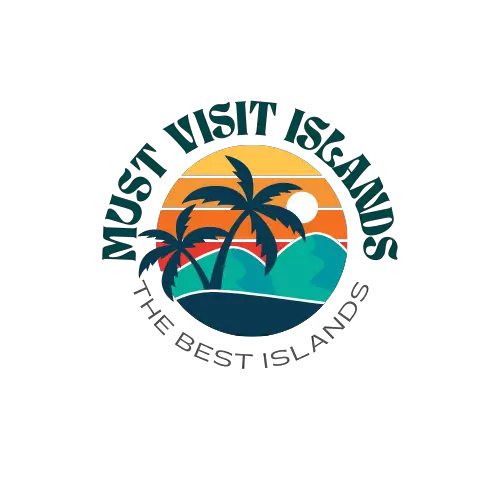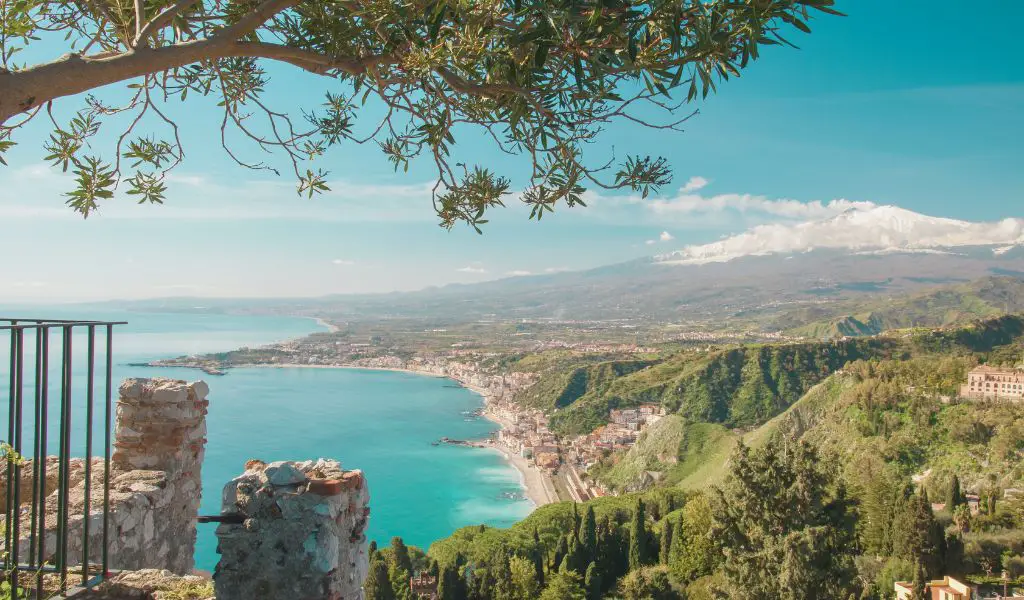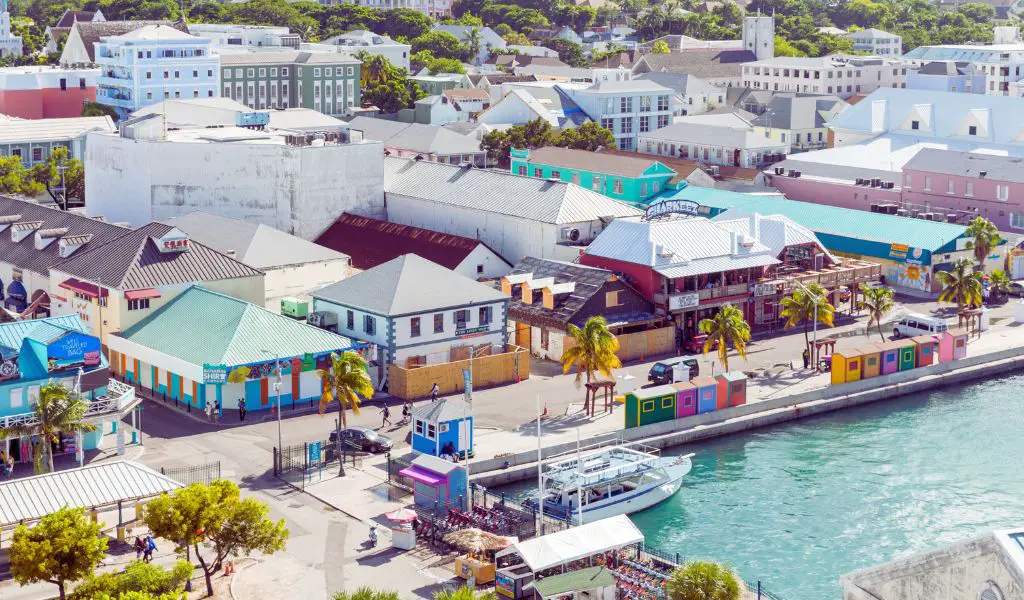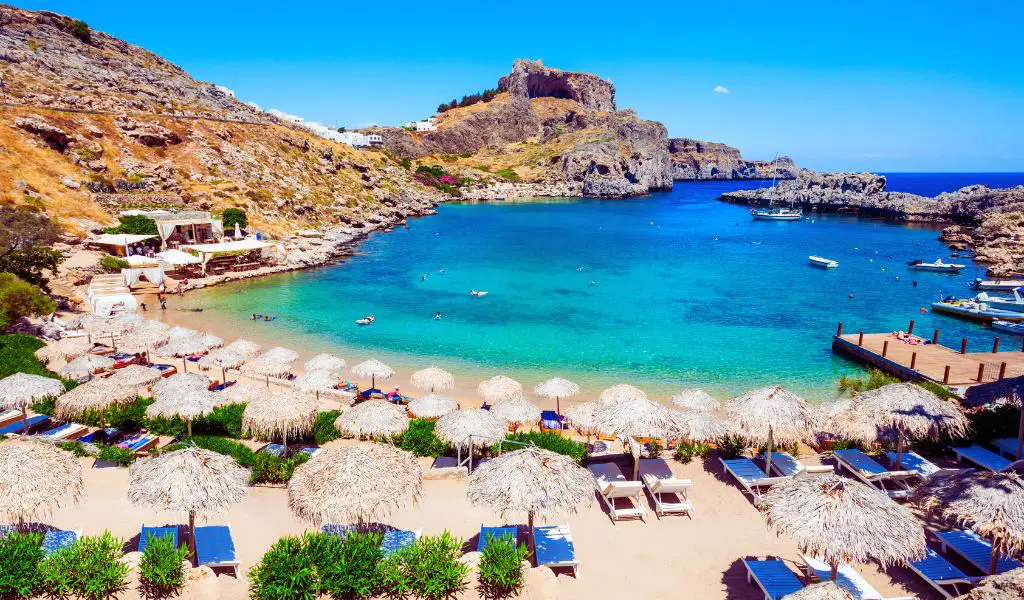Sicily, the largest island in the Mediterranean Sea, carries a rich historical narrative characterized by a fusion of cultures. Resting at the southern tip of Italy, the triangular island is a treasure trove of natural beauty and anthropological wonders, with its diverse landscapes punctuated by jagged mountains, rolling hills, fertile plains, and captivating beaches.
Geography
The island’s geographical heterogeneity is reflected in Mount Etna, Europe’s highest and most active volcano.
The volcanic soils around Etna give birth to unique ecosystems and contribute to the distinctive taste of the region’s fruits, wines, and olive oils.
Moreover, Sicily boasts an extensive coastline, providing numerous beach options ranging from the sandy shores of Mondello to the rocky cliffs of Scala dei Turchi.
History
Sicily’s architectural landscape narrates a history of conquest and amalgamation of cultures.
The island was a crossroads of civilizations, with Phoenicians, Greeks, Romans, Byzantines, Arabs, Normans, and Spaniards leaving their mark.
This cultural tapestry is manifested in the island’s array of historical landmarks such as the Valley of the Temples, Syracuse’s archaeological park, and Palermo’s Arab-Norman architectural wonders.
Culture
On the cultural front, Sicily exhibits a vibrant lifestyle influenced by a mix of traditions.
Sicilian cuisine is renowned for its eclectic mix of flavors, drawing from the island’s multicultural past.
Notable dishes include ‘Arancini’, ‘Caponata’, and the world-famous ‘Cannoli’.
The island also has a lively arts scene, ranging from the classical Greek tragedies performed in the ancient theaters of Syracuse and Taormina to the traditional puppet theaters of Palermo.
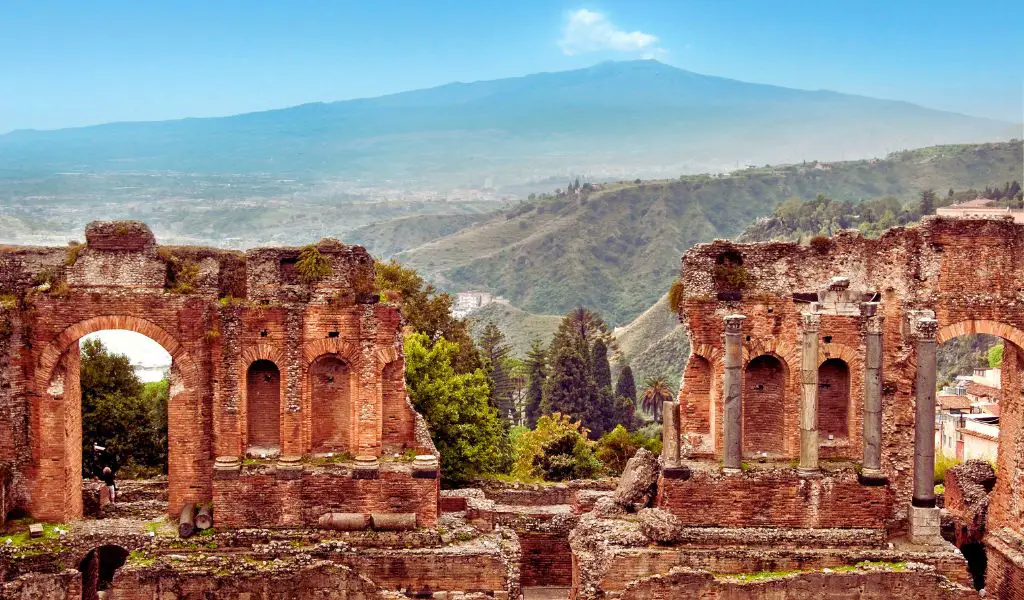
Activities
A common pastime for locals and visitors alike is exploring the numerous outdoor markets, providing a taste of the everyday Sicilian life.
Sicily also offers a multitude of outdoor activities like hiking in the Madonie and Nebrodi mountains, windsurfing in Marsala, and diving around the Aeolian Islands.
Population
Sicily has a population of approximately five million people, according to the latest estimates.
The island’s most populous city is Palermo, its capital. Other major cities include Catania, Messina, and Syracuse.
When to Go
Spring (April to June) and fall (September and October) are the best times to visit Sicily.
During these periods, the weather is pleasant, and the island is not as crowded as during the summer months.
How to Get There
There are several ways to reach Sicily. Visitors can fly into Palermo, Catania, or Trapani airports. Alternatively, the island can be reached by ferry services from mainland Italy.
Highlights
Among the island’s must-see attractions are the Valley of the Temples in Agrigento, the ancient theaters of Syracuse and Taormina, the bustling markets of Palermo, and Mount Etna, Europe’s highest active volcano.
What You Should Know
Sicilians are known for their hospitality, but also their regional pride.
While Italian is the official language, Sicilian, a distinct language, is widely spoken. The local cuisine is diverse, with unique dishes and desserts that cannot be missed.
FAQs
Is Sicily safe for tourists?
Yes, Sicily is generally safe for tourists. Like anywhere, it’s important to take usual precautions, particularly in crowded areas.
Can I use Euros in Sicily?
Yes, as part of Italy, the currency in Sicily is the Euro.
Is English widely spoken in Sicily?
While the level of English can vary, you will generally find that people in tourist areas, hotels, and restaurants speak English.
